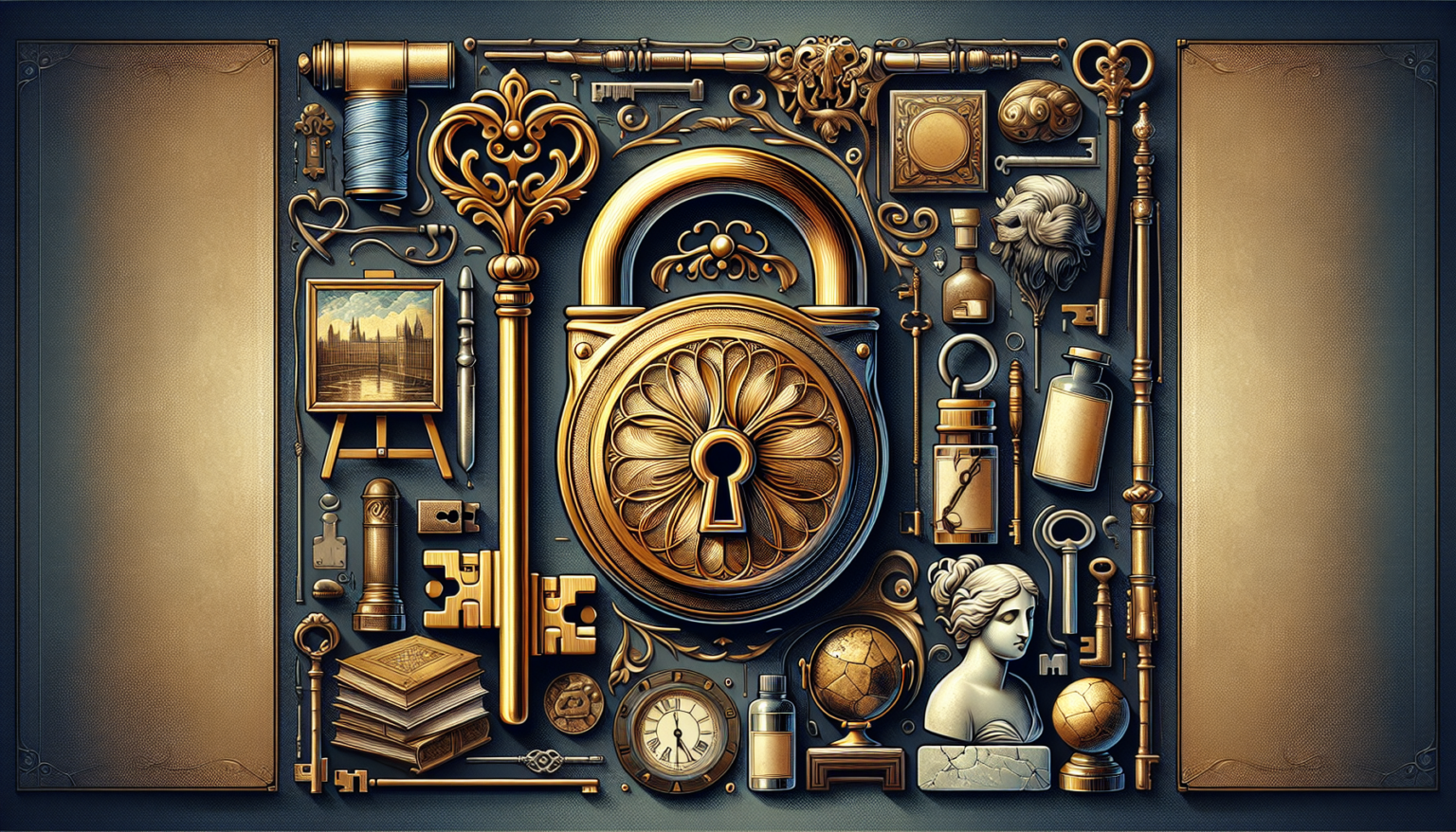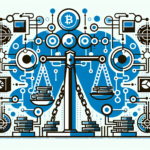Understanding Tokenization
What is Tokenization?
Tokenization is the process of converting rights to an asset into a digital token on a blockchain. This can apply to various assets, including real estate, stocks, and collectibles like art. Each token represents a fraction or share of the asset, providing a way for individuals to invest in high-value items without needing substantial capital.
How Does Tokenization Work?
In the context of art, tokenization involves creating a unique digital representation of a physical piece. Using blockchain technology, ownership and transaction history are securely recorded. Once tokenized, artists or collectors can sell or trade these tokens, often using smart contracts to facilitate transactions and ensure transparency.
Key Elements of Tokenization
1. **Blockchain Technology**: A decentralized ledger that records transactions across multiple computers, making it nearly impossible to alter or hack.
2. **Smart Contracts**: Self-executing contracts with terms directly written into code, allowing for automatic execution when conditions are met.
3. **Fractional Ownership**: By dividing assets into tokens, ownership can be shared among many, lowering the barrier to entry for potential investors.
The Benefits of Tokenizing Art
Increased Liquidity
Tokenizing art can significantly enhance liquidity in the market. Traditional art transactions often involve long sale processes, and many artworks can remain illiquid. With tokenization, collectors and investors can buy and sell shares in art pieces quickly and efficiently, similar to trading stocks.
Accessibility for Investors
Access to the art market has historically been restricted to affluent individuals. Tokenization democratizes this space by allowing anyone to invest in high-value art pieces. This opens up opportunities for a diversified group of investors to engage with and participate in the art market, regardless of financial status.
Lowering Barriers
Investors can start with smaller amounts, purchasing tokens representing fractions of a piece rather than the whole artwork. This fractional ownership means that art investment becomes accessible to a broader audience, not just millionaires or seasoned collectors.
Enhanced Transparency and Security
Blockchain’s inherent characteristics provide transparency in ownership rights and transaction history. Every change in ownership is recorded, reducing fear of fraud that has long plagued the art market. Additionally, digital tokens can carry built-in protections against counterfeit copies, ensuring that investors know they are purchasing genuine artworks.
Proof of Ownership
Tokenization provides a straightforward method for verifying ownership. Each token is unique and tied to the artwork’s registration on the blockchain, enabling investors to prove their rights instantly.
Challenges of Tokenizing Art
Legal and Regulatory Issues
While the benefits are abundant, the path to widespread tokenization isn’t without challenges. Different countries have varying regulations concerning blockchain and securities. Some jurisdictions may not recognize tokens as legal representations of ownership, leading to potential legal complications for buyers and sellers.
Navigating Taxation and Compliance
Tokenization might also complicate the taxation landscape. Depending on how tokens are classified—either as digital assets or representations of shares in a tangible asset—tax implications can vary. This complexity requires careful navigation to remain compliant with local laws.
Valuation Challenges
Another hurdle involves the art market’s subjective nature. Determining the value of artworks can be complicated due to fluctuating tastes, trends, and economic climates. Tokenization may struggle to establish a stable valuation method, potentially leading to disputes among token holders regarding a piece’s worth.
The Role of Technology in the Art Market
Integration with Digital Platforms
The growth of NFT marketplaces showcases the technology’s potential in the art world. These platforms allow artists to tokenize their works, sell them directly, and connect with buyers worldwide without intermediaries. This direct connection fosters a new relationship between artists and their supporters, changing how art is consumed and appreciated.
Augmented Reality and Virtual Exhibitions
As technology evolves, augmented reality (AR) and virtual reality (VR) are becoming more prevalent in the art world. Artists and collectors can create digital galleries where tokenized art can be viewed and interacted with by a global audience, enhancing exposure and engagement.
Gathering Communities
Online platforms can cultivate communities of art enthusiasts and investors, creating an ecosystem where members share insights, values, and ideals about art and investing. This connectedness builds a supportive environment for artists and collectors alike.
Case Studies in Tokenizing Art
Prominent Examples
Several platforms have successfully highlighted the benefits of tokenizing art. Companies like CurioInvest and Myco offer fractional investments in fine art, enabling users to buy shares in iconic pieces. Their models have demonstrated that investors can profit from appreciating assets without owning or maintaining the physical work.
Real-World Impact
For instance, the tokenization of a Banksy artwork, “Love is in the Bin,” showcased how contemporary artists could benefit from a new investment model. Investors in the tokenized version can enjoy potential appreciation while the original piece is preserved in a museum or private collection.
Artists’ Perspectives
Many artists see tokenization as an opportunity to reach new audiences and increase their income. Tokenization allows them to maintain a stake in their work, potentially receiving royalties from future sales through smart contract functionality. This ongoing financial relationship provides artists with reassurance about their future earnings.
Empowering Emerging Artists
As tokenization gains traction, emerging artists can use these platforms to showcase their work and tap into the investment community. This democratizes art creation and distribution, facilitating greater recognition for diverse talents that may have been overlooked in traditional galleries.
The Future of Tokenizing Art
Trends to Watch
As technology continues to evolve, the art world is embracing innovative ways to engage with digital assets. The rise of NFTs represents only the beginning. Future tools and practices will likely further integrate traditional and digital art markets, fostering peer-to-peer interactions and collective ownership models.
Advancements in Technology
The improvement of blockchain technology and its applications will lead to greater efficiency in transactions, data verification, and secure ownership records. As these advancements unfold, new possibilities for tokenizing art and collectibles will arise, attracting even more participants to the market.
Potential Market Growth
Investors and collectors can expect the market for tokenized art to expand significantly. More artists and institutions will adopt this method, simultaneously increasing the diversity of art available for investment opportunities. The traditional art market may also adapt, incorporating tokenized assets alongside physical sales.
Final Thoughts on Tokenization
With increased liquidity, accessibility, and transparency, the case for tokenizing art and collectibles becomes stronger. As challenges are addressed, the future looks promising for both investors and artisans in this exciting space.








